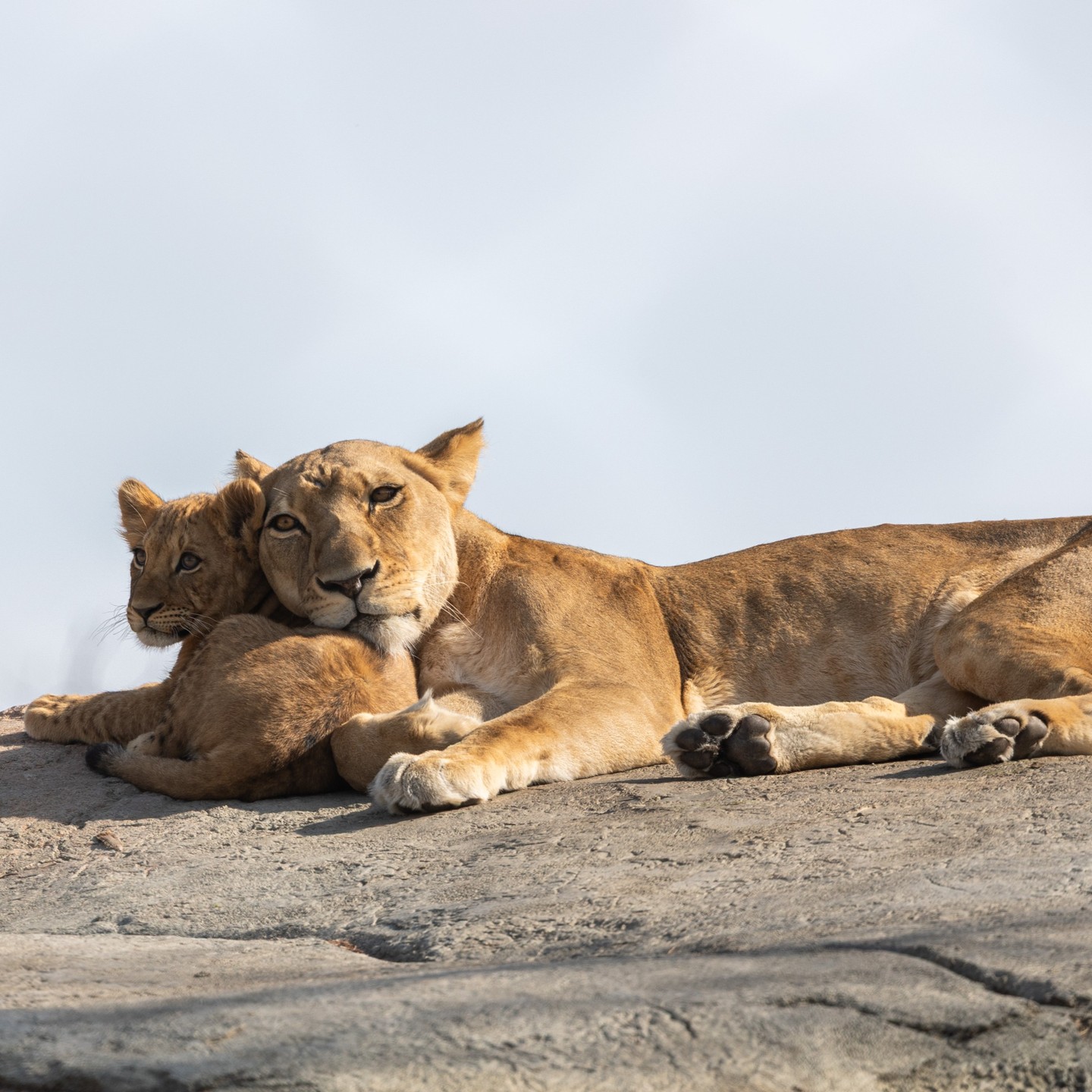- Exploring the significance of family dynamics among wildlife atop the rock formation
- Understanding zoo management’s role in replicating natural environments for animal families
- The contribution of family moments to wildlife conservation efforts
- Analyzing behavioral patterns and social structures of animals in captive settings
- The impact of human interaction and observation on animal families in zoological environments
The captivating sight of animal families interacting atop rock formations provides a unique glimpse into the complex social dynamics that govern wildlife. Family moments atop the rock are not just interactions; they symbolize the intricate relationships and hierarchies that define animal social structures. These moments, observed both in the wild and in zoological settings, present invaluable insights into animal behavior, contribute to the broader understanding of species, and play a critical role in conservation efforts.
The role of family dynamics is profoundly evident in the behavior of many animal species. These interactions are pivotal in shaping social hierarchies and ensuring survival. In predators like lions, family units known as prides are integral to ensuring successful hunts and protecting territory. The rock serves as a strategic vantage point, offering a view that aids in detecting prey and potential threats. The communal life observed in families reflects a balance of cooperation and competition, with older members often assuming leadership roles to guide the group’s younger generation. Bathing in sunlight or engaging in play, these animals forge bonds that enhance group cohesion and enhance the survival rates of offspring.
In crafting zoo exhibits, management strives to replicate these natural environments as authentically as possible. This endeavor is crucial for fostering natural behavior among animals in captivity. By constructing habitats that mimic the natural topography, water sources, and vegetation types, zoos aim to provide a setting that supports species-specific behaviors. These environments offer platforms like rocks where animals engage in activities pivotal for their psychological well-being. The choice of location for these moments of interaction is no coincidence; the strategic advantages of elevated spaces mirror those found in wild habitats, serving both social and practical functions for the animal families.
Family moments atop the rock have a direct impact on wildlife conservation. Zoos are not merely about the exhibition of animals; they have evolved into crucial centers for species preservation. Observing family structures and behaviors enhances the knowledge needed for conservation strategies both in situ and ex situ. Through research and observation of animals in captive settings, conservationists learn about reproductive behaviors and familial roles, which inform breeding programs and reintroduction efforts. Furthermore, educating the public about these dynamics fosters empathy and support for conservation initiatives, encouraging sustainable practices and advocacy for wildlife protection.
The examination of behavioral patterns and social structures in zoo settings sheds light on the adaptability of species to controlled environments. By studying family moments atop the rock, researchers can discern variations in behavior prompted by captivity and the influence of human observation. Animal families might exhibit stress-induced behaviors or adapt new social practices that deviate from their wild counterparts. Such analyses help refine zoos’ practices to mitigate the stressors of captivity and optimize conditions for animals’ well-being.
The interaction between animals and human observers in zoos is a crucial aspect of family moments atop the rock. Human curiosity and awe inspired by witnessing these interactions can lead to increased interest in zoology and conservation. However, it also necessitates a responsibility to minimize disruption and stress to the animals. Zoos implement measures to manage visitor interactions, ensuring these do not negatively impact animal behavior. In maintaining this balance, zoos enable the invaluable connection between humans and wildlife to flourish responsibly.
Family moments atop the rock encapsulate the essence of animal social life, from nurturing interactions to strategic positioning in group dynamics. Understanding these critical aspects of animal behaviors and social structures in both wild and zoo environments can enhance efforts in wildlife conservation. Ultimately, the integration of research, education, and management in zoos underscores the significance of these moments in protecting and understanding the diverse tapestry of life that shares our planet. Through such commitment, family interactions atop the rock will continue to be a beacon of insight and inspiration in the pursuit of wildlife preservation and zoological knowledge.
*****
Source Description
Family moments atop the rock 🦁 ⛰️


